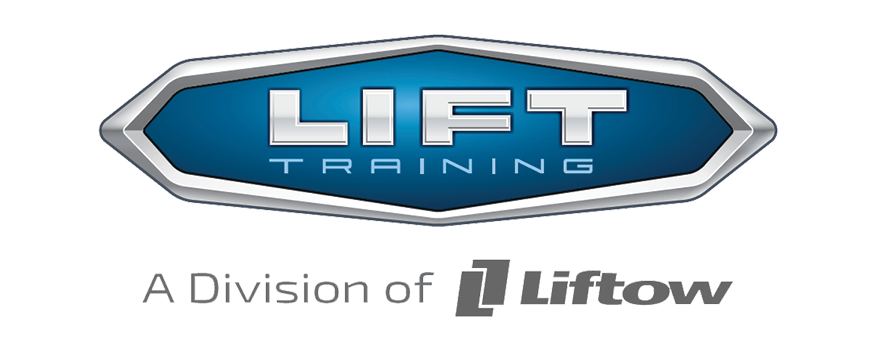
Ergonomics is a vital aspect of workplace safety and employee wellbeing, but it’s often overlooked by many organizations. Thanks to the advancement of science, we’ve come to understand that proper ergonomics can lead to improved productivity, reduced injury rates, and increased job satisfaction. At LIFT Training, our mission is to provide comprehensive employee health and safety training that includes a focus on the importance of ergonomics in the workplace.
For those who may be wondering, ergonomics is the study of designing and arranging workspaces and processes to fit the worker’s needs, promoting comfort and efficiency while reducing the risk of injury. Ergonomics is essential not only for offices but also for various industries such as manufacturing, construction, and transportation. In a time when work-related injuries are leading to increased health care costs and lost productivity, investing in proper ergonomic training is essential for the success of any organization.
Many people spend a significant portion of their lives at work, and it’s crucial to ensure that they’re in a healthy environment. Poor ergonomics can lead to musculoskeletal disorders (MSDs), such as strains, sprains, and lower back pain, which are among the most common work-related injuries. These injuries can have severe repercussions, causing discomfort, decreased productivity, and even long-term health issues.
To prevent these issues, we believe in educating employees and employers about the principles of ergonomics, proper workplace design, and maintaining good body mechanics during various tasks. Our training program is designed to help companies apply ergonomic best practices, such as adjusting workstation heights, investing in ergonomic chairs, and providing appropriate tools for different tasks.
The Importance of Ergonomics in the Workplace: A Comprehensive Guide
The Power of Ergonomics in Injury Prevention
Injury prevention is a vital aspect of any workplace, especially when it comes to tasks that require repetitive motions or involve awkward postures. Providing employees with ergonomic training not only helps them understand the importance of maintaining proper body mechanics but also teaches them how to spot potential hazards early.
Work-related injuries can be quite costly, both in terms of lost productivity and medical expenses. According to the Canadian Centre for Occupational Health and Safety (CCOHS), a significant number of work-related disability cases are attributed to MSDs. By incorporating ergonomics into your workplace safety plan, you’ll be taking an essential step towards reducing the likelihood of such injuries.
The introduction of ergonomics in the workplace can have a dramatic impact on injury prevention, as seen in various case studies. A Canadian refinery, for instance, was able to reduce its work-related injuries by more than 50% in the span of three years by implementing ergonomic changes. Embracing proper ergonomic principles is not only beneficial for preventing injuries but also for boosting productivity and overall workplace satisfaction.
Optimizing Workstations for Maximum Comfort and Efficiency
Creating a workspace that is both comfortable and efficient is critical for employee wellbeing. In an office setting, this might involve adjusting the height of desks and chairs to meet employees’ needs or adding footrests to reduce leg strain. In a warehouse or other industrial environment, it could mean providing anti-fatigue mats or properly aligning conveyor belts to reduce twisting and bending motions.
Consider these tips when optimizing workstations:
1. Monitor Height and Placement: Ideally, the top of the computer screen should be at or slightly below eye level to prevent eye strain and maintain good posture. Ensuring that monitors are placed about an arm’s length away can also help alleviate neck and shoulder strain.
2. Keyboard and Mouse Placement: Keeping your keyboard and mouse at the same level and within easy reach can help prevent wrist and shoulder strain. Investing in ergonomic keyboards and mice can also provide added comfort and support.
3. Chair Adjustments: Providing adjustable chairs that encourage employees to maintain proper posture is essential. Look for chairs with lumbar support, adjustable armrests, and seats that can be tilted for personalized comfort.
4. Breaks and Movement: Encourage employees to take regular breaks and change positions throughout the day. Incorporating some stretches and simple exercises can help prevent strain and injuries, promote circulation, and reduce fatigue.
Adopting Ergonomics Across Various Industries
Ergonomics is not limited to office spaces; it is equally important in a wide range of industries. Manufacturing, transportation, and construction sectors can benefit from ergonomic principles, not only in injury prevention but also in increased efficiency and cost savings. Customizing equipment, workspace design, and task organization based on the specific needs of workers can lead to significant improvements in safety, productivity, and employee satisfaction.
For example, in the manufacturing industry, ergonomic interventions can include adjusting assembly lines to reduce unnecessary reaching or bending and providing employees with tools designed to minimize hand and wrist strain. In the construction sector, selecting the right ergonomic equipment and investing in proper training can reduce the risk of injuries resulting from repetitive motions, heavy LIFT Training, or awkward postures.
Educating Employees on the Importance of Ergonomics
Employee education plays a crucial role in the success of any ergonomics program. Making sure your employees understand the importance of ergonomics, and how it relates to their daily tasks, is essential to achieve long-term benefits. Regular workshops, seminars, and certification courses can help teach employees how to properly adjust their workstations, maintain good posture, and identify potential hazards.
An effective way to reinforce the importance of ergonomics is by involving employees in the process. Establishing ergonomics teams or encouraging employees to share their input on workplace improvements can create a sense of ownership and help build a stronger safety culture.
Investing in a Healthier Workplace
By incorporating ergonomics into your workplace, you’re not only investing in the physical wellbeing of your employees but also in the success and growth of your organization. A workplace that values employee health and safety is likely to experience increased productivity, reduced injury rates, and improved employee retention.
Begin your journey towards a healthier and safer work environment today by learning more about LIFT Training’s ergonomic training and certification programs. Investing in ergonomics now can pay dividends in your organization’s future wellbeing and success.
